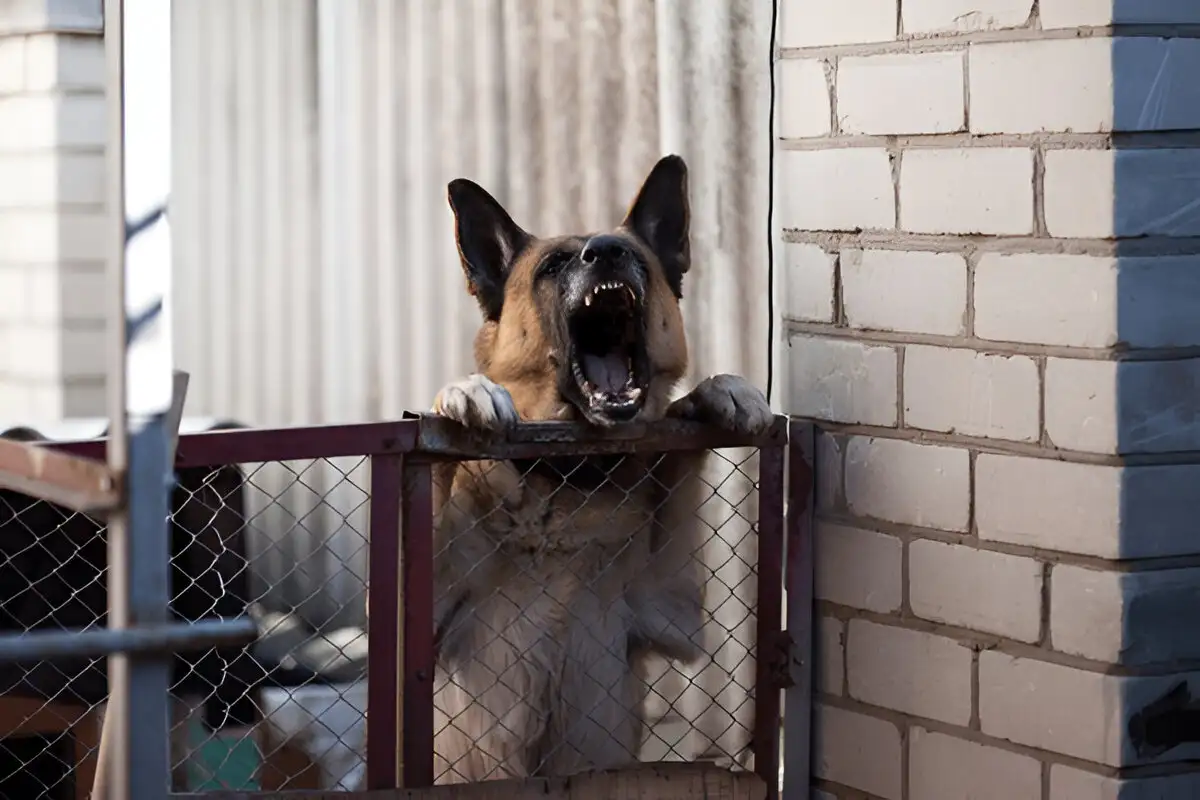-
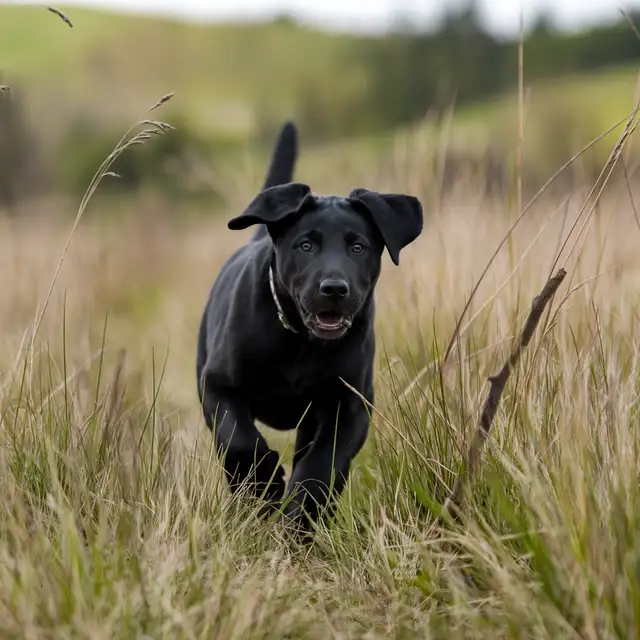
·
The Labrador Whisperer: Secrets to a Calm and Happy Lab
Labrador Training: How to train a Labrador puppy Labradors—those lovable, energetic balls of fur who can turn a quiet home into a whirlwind of chewed shoes, muddy paws, and endless zoomies. But fear not! With the right training, even the most rambunctious Lab can become a calm, obedient companion. Let’s dive into how you can…
-
·
Get Started with Dog Agility: The Ultimate Guide
A Step-by-Step Guide to Bonding with Your Dog If you’ve ever watched a Border Collie zip through a tunnel or a Labrador leap over hurdles like it’s auditioning for America’s Got Talent, you’ve seen the magic of agility training. But here’s the secret: any dog—yes, even your couch-loving Corgi—can thrive in this sport. It’s not…
-
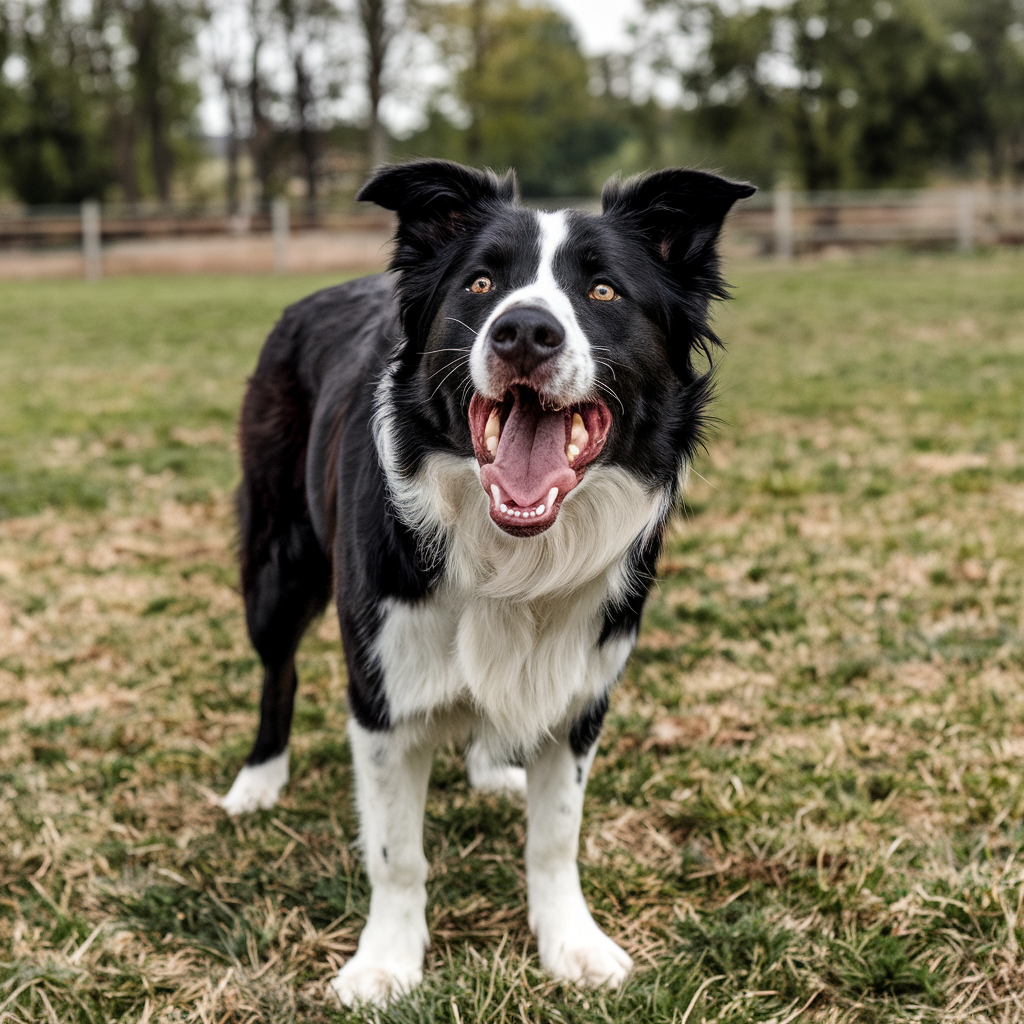
·
The Border Collie: From Nightmare to Dream Dog
What is the most difficult age for a Border Collie? Have you stared at your once-obedient Border Collie puppy and wondered, “Who replaced my sweet dog with this rebellious teenager?” You’re not alone. Border Collies are brilliant, energetic, and endlessly curious, but their adolescent phase can test even the most patient owner. Let’s unpack why…
-
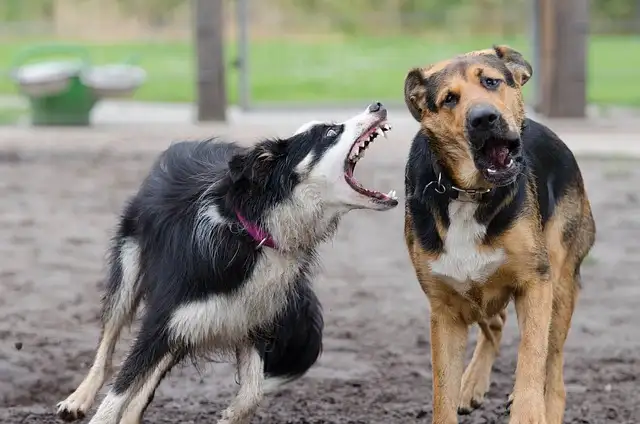
·
The Border Collie: A Love Letter with a Warning
What are the bad habits of Border Collies? Border Collies dazzle with their intelligence and athleticism, but their sharp minds and boundless energy come with a catch. These dogs aren’t just “high-maintenance”—they’re prone to habits that can turn life upside down for unprepared owners. Let’s break down their most common behavioral quirks and why addressing…
-
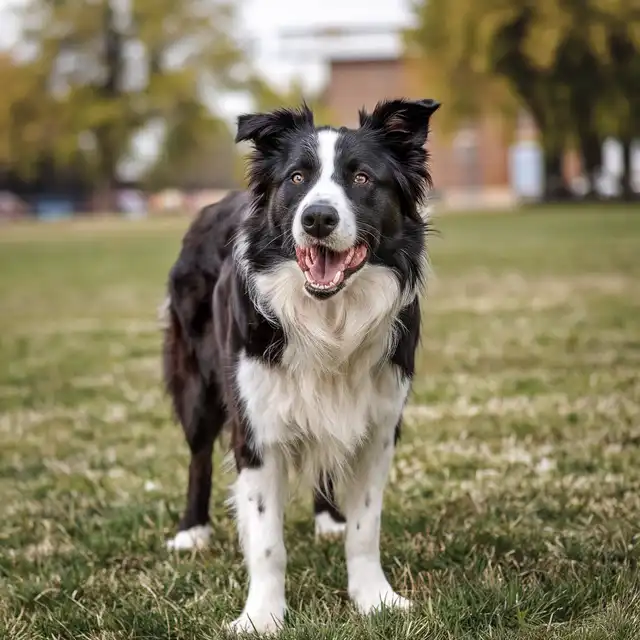
·
Challenges of Owning a Border Collie: What You Need to Know
What are the disadvantages of a Border Collie? Border Collies are often celebrated as canine Einsteins—agile, intelligent, and endlessly energetic. But behind those piercing eyes and impressive tricks lies a breed that demands more than most owners anticipate. Before falling for their charm, let’s unpack the realities of life with a Border Collie, from their…
-
·
Are Boradors Hypoallergenic? The Truth About This Energetic Breed
Understanding Hypoallergenic Dogs “Hypoallergenic” refers to dogs less likely to trigger allergic reactions in sensitive individuals. Dog allergies predominantly stem from proteins found in canine saliva, urine, and, notably, dander—tiny skin flakes that can be dispersed in the air. Understanding hypoallergenic dogs is critical for many potential dog owners, particularly if they or someone in…
